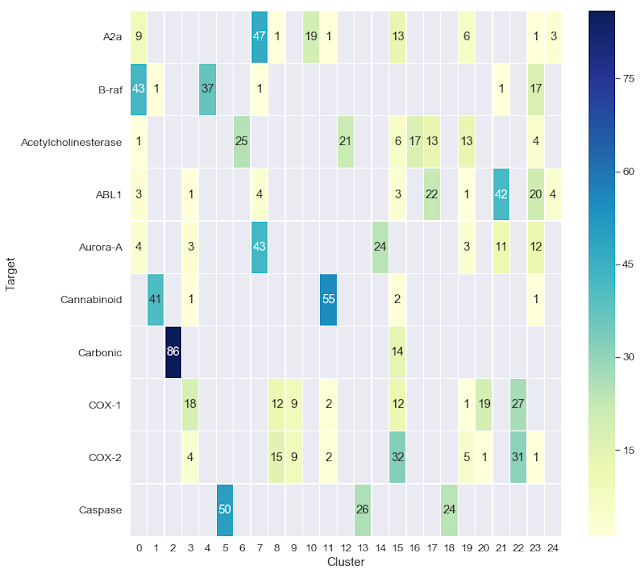My Response to Peter Kenny's Comments on "AI in Drug Discovery - A Practical View From the Trenches"
As I've said before, my goal is not to use this blog as a soapbox. I prefer to talk about code, but I thought I should respond to Peter Kenney's comments on my post, AI in Drug Discovery - A Practical View From the Trenches . I wanted to just leave this as a comment on Peter's blog. Alas, what I wrote is too long for a comment, so here goes. Thanks for the comments, Pete. I need to elaborate on a few areas where I may have been unclear. In defining ML as “a relatively well-defined subfield of AI” I was simply attempting to establish the scope of the discussion. I wasn’t implying that every technique used to model relationships between chemical structure and physical or biological properties is ML or AI. I should have expanded a bit on the statement that ML is “assigning labels based on data”, a description that I borrowed from Cassie Kozyrkov at Google. I never meant to imply that I was only talking about classification problems. The way...
